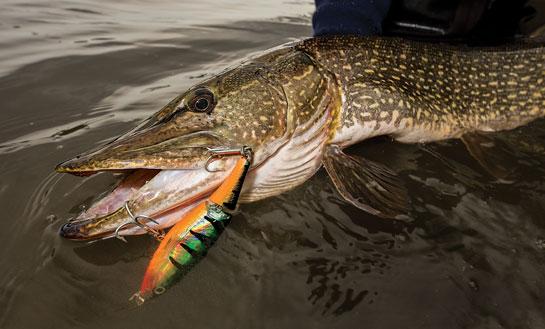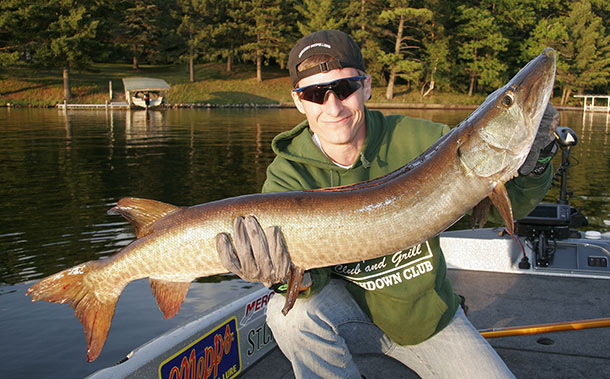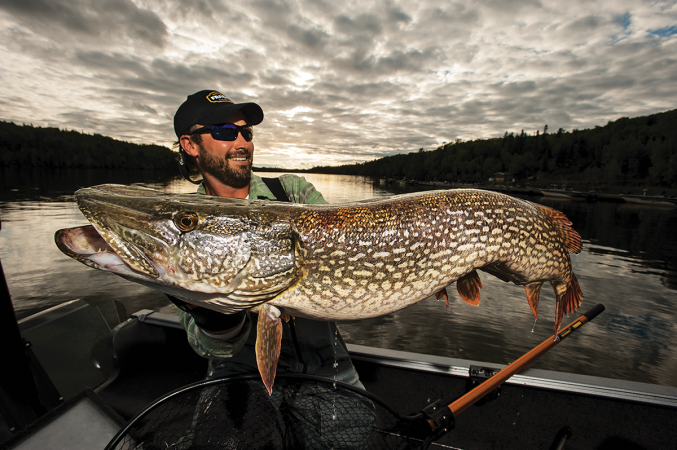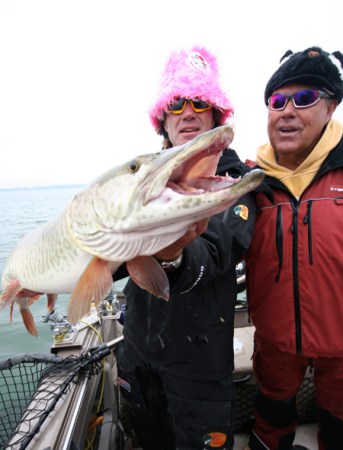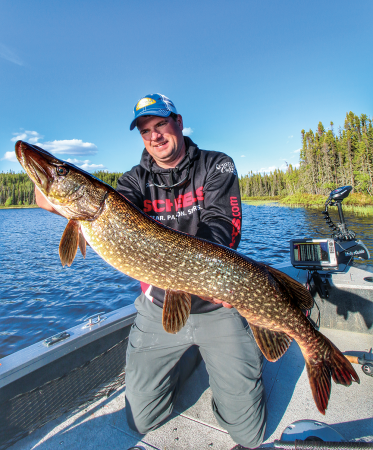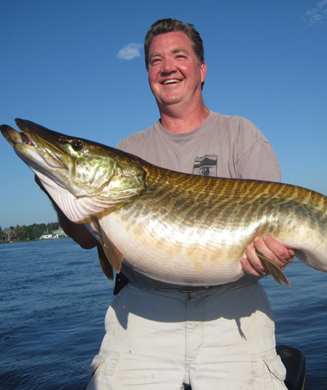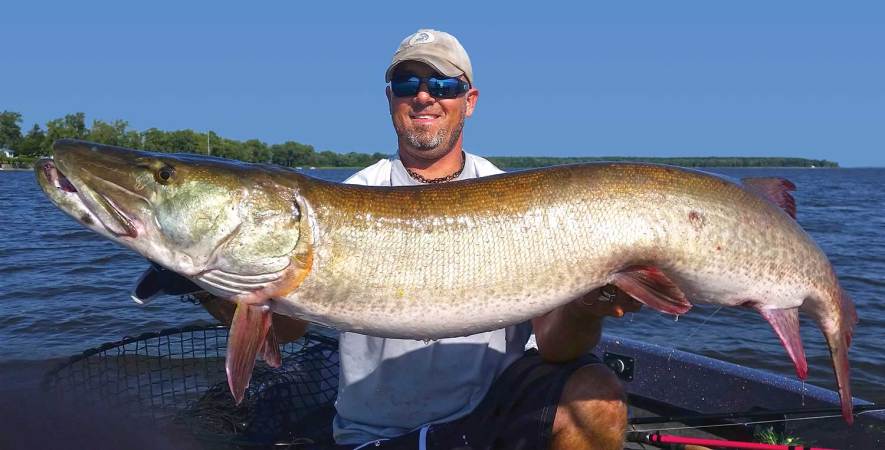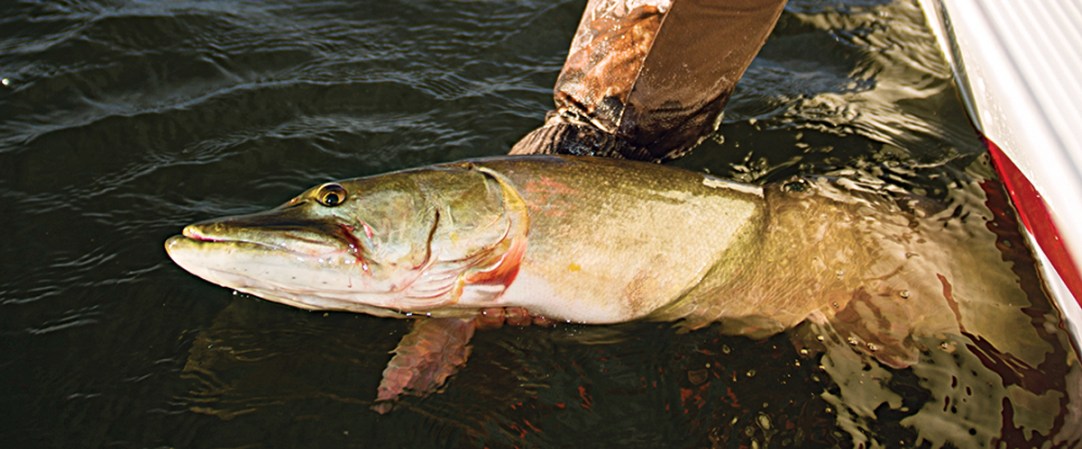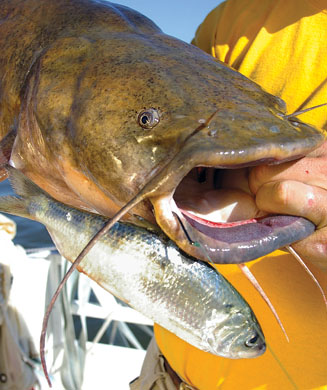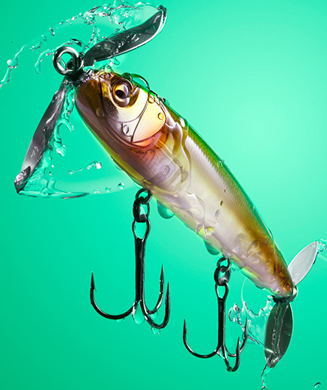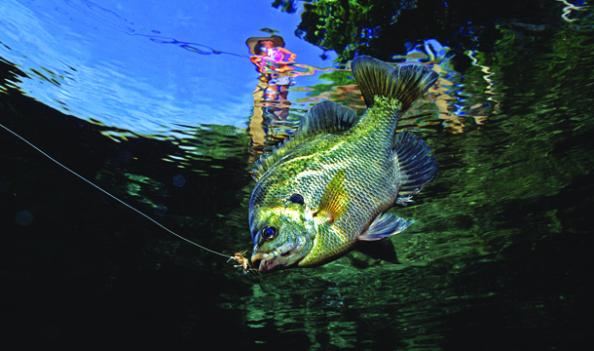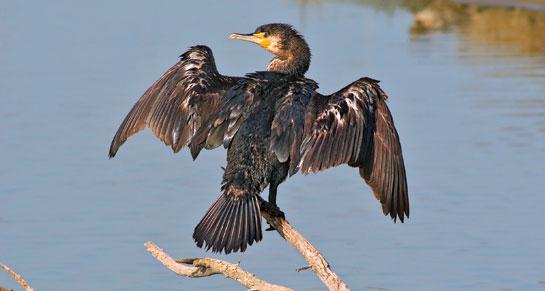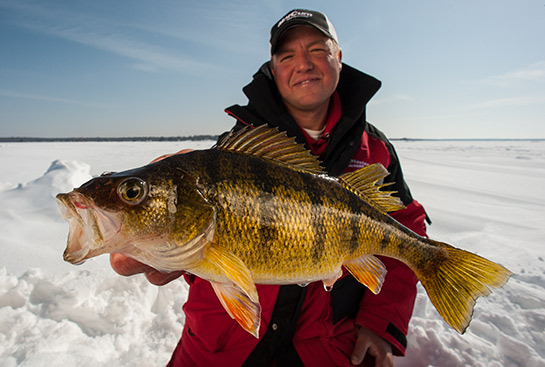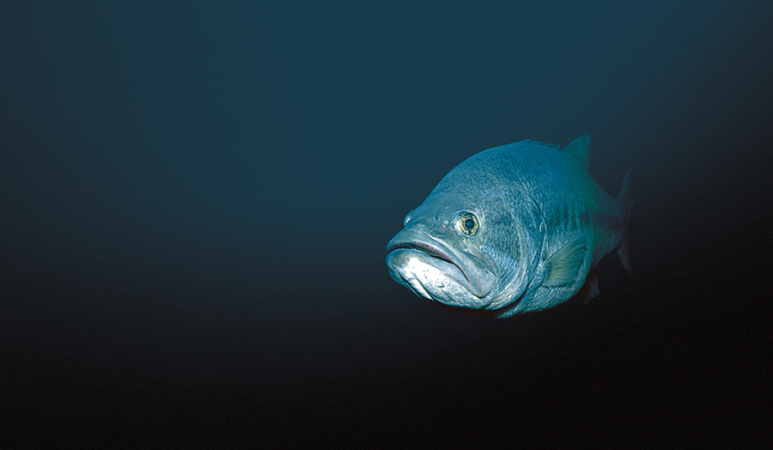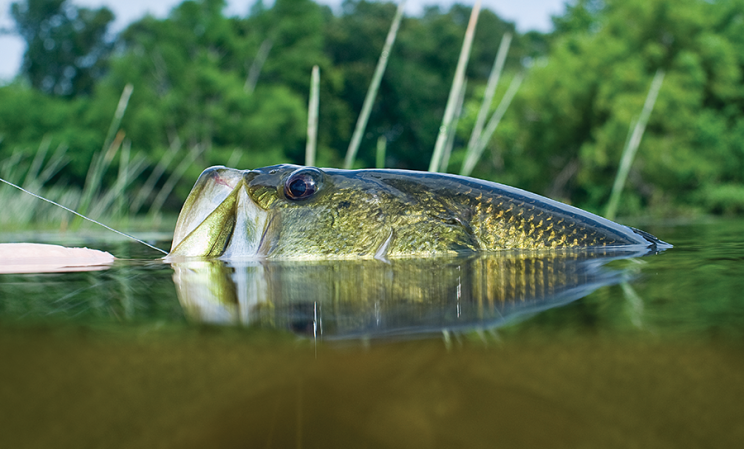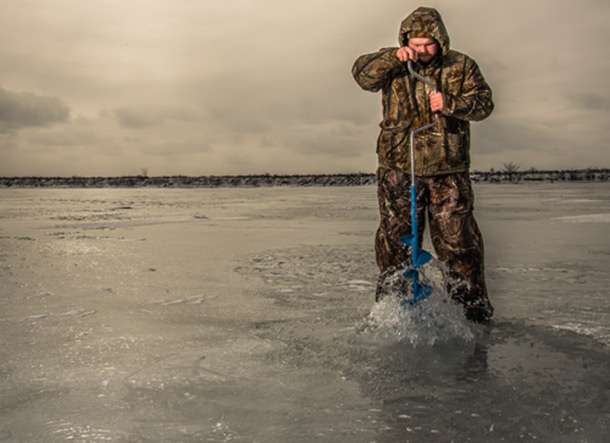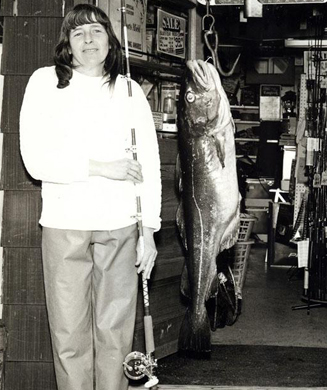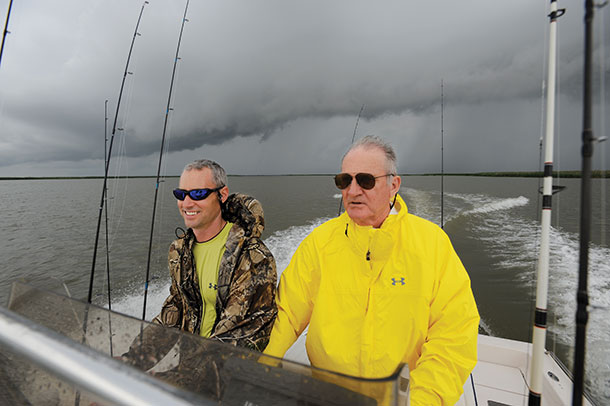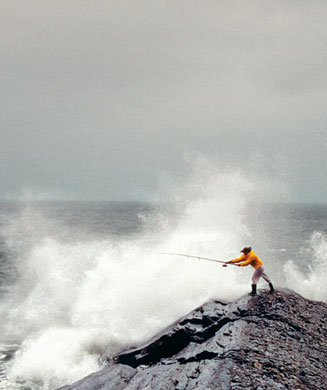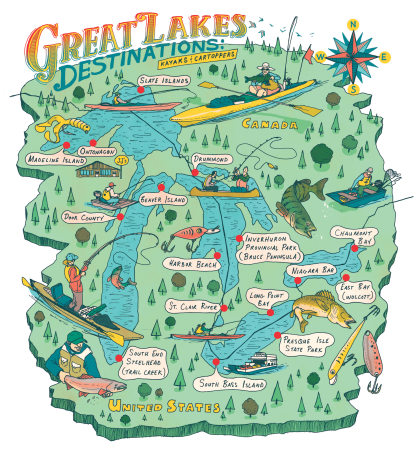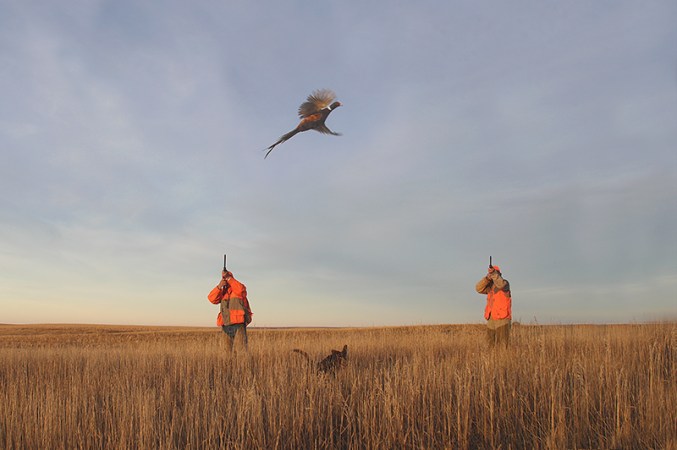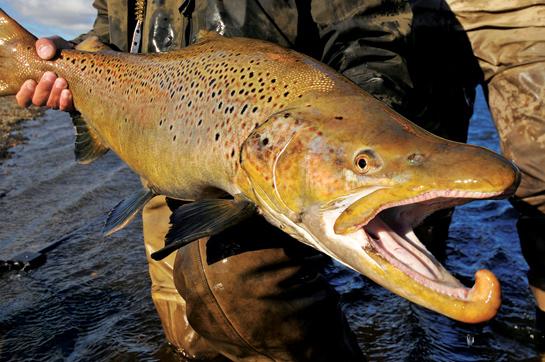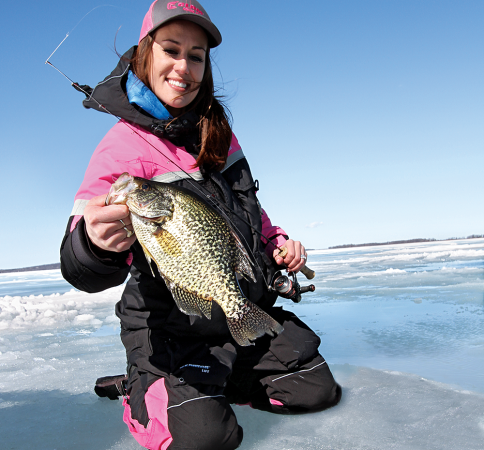Photo: Bill Lindner
In the northern Minnesota waters where I do a lot of my fishing, you can catch hammer-handles and pike up to about 5 pounds at will. But it’s easier to catch a 10-pound walleye than a 10-pound pike.
All that changes, however, in fall, when cooler water activates the bite and gator northerns move into locations that are surprisingly predictable. Here are three prime locations for stud fish.
Smoke the Weeds
When the water starts to cool in late summer and early fall, much of the aquatic vegetation begins to deteriorate and turn brown, and so it loses its drawing power for fish.
Luckily, not all of the vegetation dies at the same time. Weeds in or adjacent to deep water are more likely to survive into late fall than those far up in the shallows. If you spend a little time cruising the deep edges of weed flats, you should be able to see green patches. But even if you can’t spot them with the naked eye, you’ll see the upright stalks on your depth finder. Because pike from throughout the lake search out the remaining green weeds, large numbers of them concentrate in a relatively small area, so your odds of catching them improve greatly.
The best presentation depends on the weed density. In thick weeds, I’d recommend a tandem spinnerbait or a jerkbait. In scattered weeds, go to a shallow-running crankbait.
Tullibees or not tullibees?
When the water starts to cool in late summer and early fall, much of the aquatic vegetation begins to deteriorate and turn brown, and so it loses its drawing power for fish.
Luckily, not all of the vegetation dies at the same time. Weeds in or adjacent to deep water are more likely to survive into late fall than those far up in the shallows. If you spend a little time cruising the deep edges of weed flats, you should be able to see green patches. But even if you can’t spot them with the naked eye, you’ll see the upright stalks on your depth finder. Because pike from throughout the lake search out the remaining green weeds, large numbers of them concentrate in a relatively small area, so your odds of catching them improve greatly.
The best presentation depends on the weed density. In thick weeds, I’d recommend a tandem spinnerbait or a jerkbait. In scattered weeds, go to a shallow-running crankbait.
Pick Pockets
Those cold-water pockets that held big pike in summer may continue to attract fish well into fall and sometimes into winter.
Cold-sensitive baitfish, like gizzard shad, congregate in huge numbers around spring holes because that water is now warmer than the rest of the lake, and they need the warmth to stay alive.
In late fall, the deeper water will be a few degrees warmer than the rest of the lake, so it draws a variety of warm-water species, like sunfish and crappies. Of course, pike won’t pass up any opportunity for an easy meal, so they may hang around these spots well into winter.
Because baitfish in deep holes or spring holes are often suspended, I like to use a slip-bobber rig baited with a big sucker or shiner minnow. This way, I can experiment with different depth settings until I find the fish. Keep a close eye on your depth finder and look for heavy marks that could be pike.
